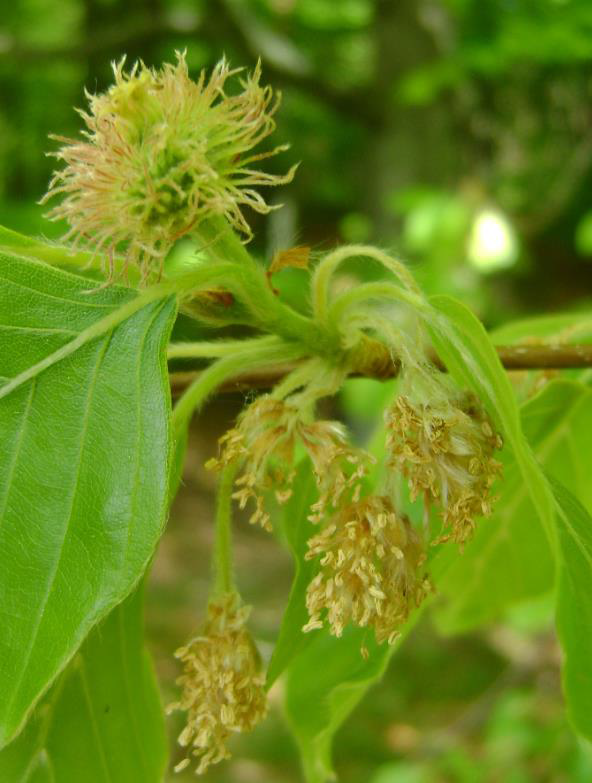

| Shadow tendency | Wholeness |
|---|---|
| Narrow-minded | Tolerance |
| Arrogant | Leniency |
| Highly critical | Understanding |
| Judges others subjectively | Mental acuity |
| Intolerant | Able to grasp different patterns of human behaviour and individual development |
| Doesn’t consider anything in other’s perspective | Good diagnostic faculties |
| Unable to show understanding of other’s actions and choices | Well-grounded for life |
| Nitpicks | recognising unity in diversity |
| Always sees what is wrong in a situation | Empathetic |
| Unable to understand the feeling of others | Praises others when they deserve it |
| Unempathetic | Strong convictions |
| Overlooks the fact that everyone does not have the same advantages, disadvantages, situations and other factors that they may affect their experience | High ideals |
| Behaves like a severe task master | Looks at the positive side of everything |
| Firm principles | Understands that everything is for good |
| Reacts meanly | Compassionate |
| Tensed inside | Helps see beyond any real or imagined shortcomings |
| Rigid | |
| Always ready to complain | |
| Can’t say anything without being critical or judgemental inn some way | |
| Often uses comparison | |
| Isolated by fellow peers | |
| Avoided | |
| Hard to please | |
| Perfectionism | |
| May be easily irritated by small gestures and habits of others | |
| Lacking in humility and sympathy | |
| Keeps to one’s self | |
| Lonely | |
| Puts other down | |
| Wants to have flawlessness everywhere | |
| Find it difficult to praise others | |
| Have high standards | |
| Fixed opinions | |
| Pedantic | |
| Speaks harsh words | |
| Doesn’t think of how their message is communicated or received by others | |
| Feels superior |
Origin and Specification of the Plant
Kingdom: Plantae
Family: Fagaceae
Genus: Fagus
Species:F.sylvatica
Origin:Central and Southern Europe
Shade:yellowish-green and reddish-brown
Other names:Common beech, European beech, Copper beech
Elements/Chemicals contained by the plant: tannin
Foliage: Deciduous
Height: 30m
Description: The tree's flowers are small and inconspicuous, with both male and female flowers appearing on the same tree. The male flowers are yellowish-brown catkins that hang from the branches, while the female flowers are small and green, usually found near the base of the current year's growth.
Flowering season: spring
Qualities and preferences: Tolerant of a range of soils, grows in full sun or partial shade
Areas of Growth: Woodlands
The scientific name for the European beech, Fagus sylvatica, has an interesting etymology. The genus name "Fagus" is thought to come from the Greek word "phagein," meaning "to eat," as the tree's nuts were an important food source for many civilizations throughout history. The species name "sylvatica" is derived from the Latin word "silva," meaning "forest," and refers to the tree's natural habitat in the forests of Europe.
The European beech has a long and storied history, and has been an important tree to many cultures throughout time. In medieval Europe, the beech was a symbol of prosperity and was often used as a building material. Today, the tree is still highly valued for its timber, and is also a popular ornamental tree in parks and gardens.
While the European beech is not widely known for its medicinal properties today, it has been used for various medicinal purposes throughout history by different cultures. The ancient Romans believed that the leaves of the beech tree had medicinal properties and used them to treat wounds, ulcers, and other ailments. The leaves were also used as a tonic and to help alleviate symptoms of respiratory illnesses.
In traditional European medicine, the bark, leaves and nuts of the beech tree have been used to alleviate fever, cough, and other respiratory ailments. The bark and leaves of the beech tree have also been used to treat diarrhoea, dysentery, and skin irritations. More recent research has also shown that the beech tree contains compounds that have anti-inflammatory and antioxidant properties, which may have potential health benefits.
Specification of remedy
Emotional Group: Over-care for the welfare of others
Emotional response: Critical
Method of extraction: Sun
Beech relates to the soul qualities of sympathy and tolerance. Dr Bach first prepared the Beech remedy in the countryside near his home, Mount Vernon, in 1935.We take this remedy when other people’s idiosyncrasies get on our nerves, and we find it hard to tolerate. The Beech remedy helps us become more empathetic and form deep connections with other people.
Comparison between other flowers
Rock Water people do not openly criticise their peers but set an example for everyone to follow and think that is the best way to subtly show their dissaprovement while, the Beech personality would openly criticise their peers and complain about it.
Vine:
The arrogance of the Vine and Beech personality is different through as an average Vine person may dominate others quite openly and commands other, taking control of their peers, while the Beech personality judges and complains due to their intolerance. The Beech personality normally does not dominate their peers against their wills like a Vine person might do but just annoys them through ranting and criticising them.


The picture above shows the flowers of the Beech tree are shown in a zoomed-in aspect.